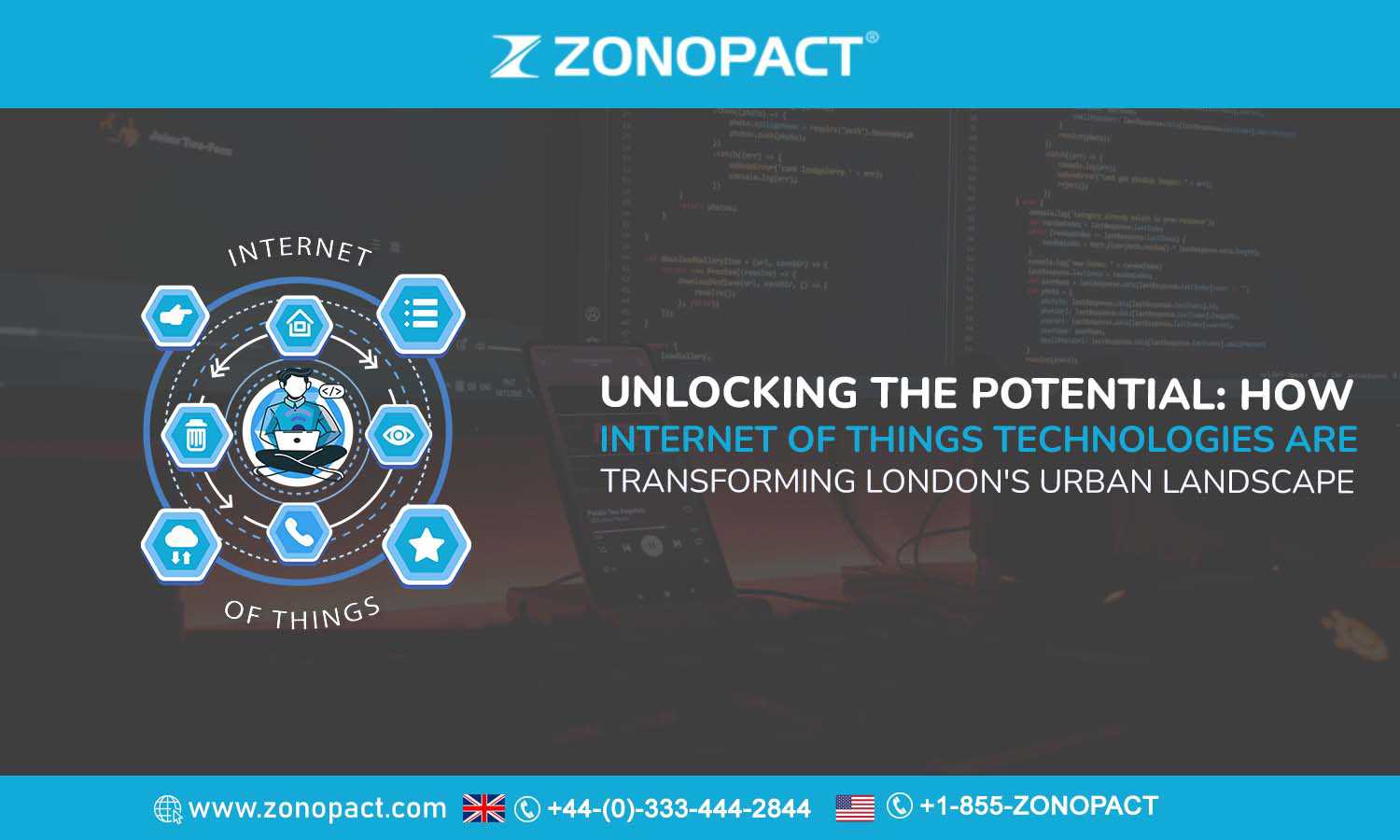
Welcome to the digital revolution that is reshaping London’s urban landscape! The Internet of Things (IoT) is no longer just a buzzword; it’s a reality that is revolutionizing the way we live, work, and interact in the city. From smart buildings to connected transportation systems, London is embracing IoT technologies to create a more efficient, sustainable, and interconnected urban environment. In this article, we will explore how IoT is unlocking the potential of London by seamlessly integrating technology into every aspect of city life. Get ready to discover the transformative power of IoT in enhancing urban mobility, reducing energy consumption, improving public safety, and much more. Join us on this digital journey as we delve into the exciting possibilities that IoT brings to the vibrant streets of London. Let’s unlock the potential together!